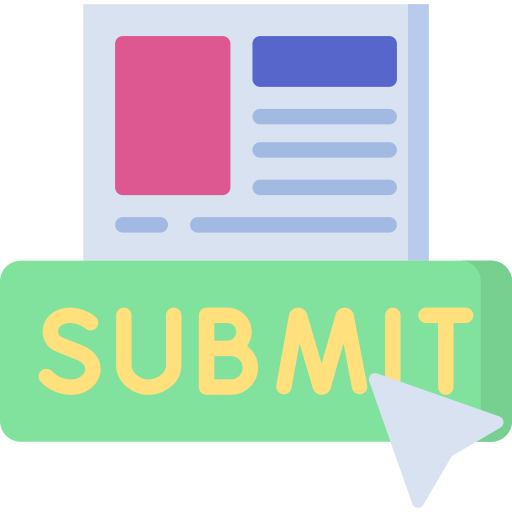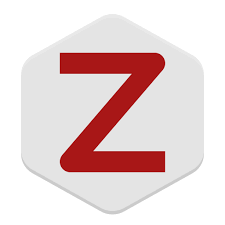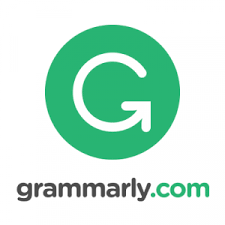Implementing Blended Learning to Promote Sustainable Teaching and Learning Process in Writing Class
Abstract
Full Text:
PDFReferences
Adas, D & Bakir, A. (2013).Writing Difficulties and New Solutions: Blended Learning as an Approach to Improve Writing Abilities. International Journal of Humanities and Social Science. Vol 3, No. 9. 254-266
Ceylan, O. N. (2019). Student Perceptions of Difficulties in Second Language Writing n. Journal of Language and Linguistic Studies, 15(1), 151-157. Doi:10.17263/jlls.547683
Chehayeb, A. (2015). New in Classroom: saving time while grading. Retrieved from googleforeducation.blogspot.com/2015/12/new-in-Classroom-saving-tim...
Crawford, .A.R. (2015).Google Classroom.Retrieved from acrawf41.weebly.com/...3/7/ a-crawford_emerging technology
Garrison, D. R., & Kanuka, H. (2004). Blended learning: Uncovering its transformative potential in higher education. The internet and higher education, 7(2), 95-105
Iftakhar, S. (2016). Google classroom: what works and how?. Journal of Education and Social Sciences, 3(1), 12-18.
Janzen, M. (2014). Hot Team: Google Classroom. Retrieved from tlt. psu. edu/2014/12/04/hot-team-Googleclassroom
K Hyland.Teaching Writing and Researching Writing.(London: Pearson Education.2002)
Kitchenham, A. (2011). Blended learning across disciplines: Models for implementation. Hershey, PA: Information Science Reference.
Martin, F and Parker, M. A. (2014). Use of Synchronous Virtual Classrooms: Why, Who,and How? MERLOT Journal of Online Learning and Teaching Vol. 10, No. 2, June 2014 p 192-210
Murray, D. (1972). Teach writing as a process not product. The Leaflet, 71(3), 11-14.
Nurul, P., & Umar Al Faruq, A. H. (2017). Discourse Analysis on the Cohesion of Descriptive Writing Produced by Students of UIN RIL Lampung. Jurnal Iqra': Kajian Ilmu Pendidikan, 2(2), 347-365.
Peter Grundy. Beginning to Write: Writing Activity for elementary and Intermediate Learners. (Cambridge: Cambridge University Press, 1991),p.7.
Puspita, N. (2015). THE EFFECTIVENESS OF FOUR SQUARE WRITING IN TEACHING WRITING VIEWED FROM STUDENTS’CREATIVITY. English Education: Jurnal Tadris Bahasa Inggris, 7(1), 64-80.
Sari, Y. A., & Suhono, S. (2017). Applaying Transition Action Detail Strategy on Written Text of EFL Young Learners. Jurnal Iqra': Kajian Ilmu Pendidikan, 2(1), 1-24.
Suhono Suhono, ―An ANALYSIS OF WRITTEN ERROR AMONG EFL STUDENTS OF ENGLISH PROFICIENCY LEVEL OF INTERNATIONAL PROGRAM,‖ Pedagogy: Journal of English Language Teaching 4, no. 1 (2017): 72–81.
Suhono Suhono, ―SURFACE STRATEGY TAXONOMY ON THE EFL STUDENTS’COMPOSITION A STUDY OF ERROR ANALYSIS,‖ Iqra’: Jurnal Kajian Ilmu Pendidikan 1, no. 2 (2017): 1–30.
DOI: http://dx.doi.org/10.24042/ee-jtbi.v12i1.4427
English Education: Jurnal Tadris Bahasa Inggris, UIN Raden Intan Lampung is licensed under a Creative Commons Attribution-ShareAlike 4.0 International License. pISSN: 2083-6003, eISSN: 2580-1449.








